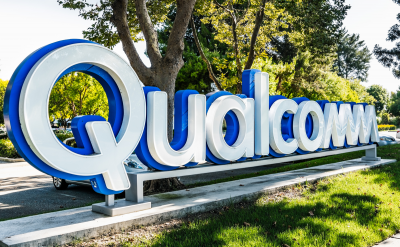Highlights –
- Optra Edge is intended to allow the execution of applications closer to the point of data generation at the edge, without the need for data transfer on the cloud.
- Optra Edge is significantly different from Optra IoT.
Lexmark, a leading provider of hardware, services, solutions, and security, announced the launch of Optra Edge, the latest addition to its Optra IoT Solutions portfolio.
Headquartered in Lexington, Kentucky, Lemark is a leading provider of hardware, services, solutions and security. Moving a step ahead of printers, supplies, and accessories, the firm seems to be more focused on “print, protect and manage your information.”
Lexmark has listed print and capture as its only two solutions this year, including cloud, security, and IoT. The Lexmark Optra IoT platform, launched in September last year, is featured prominently on the company’s site.
Vishal Gupta, Senior VP, CTO, and CIO at Lexmark’s Connected Technology, expressed that the company’s new tools and advancement in IoT are just the beginning.
Lexmark and IoT
Lexmark has been working in IoT for over a decade now, Gupta said, which was one of the things that attracted him to the company. Lexmark printers come with more than 120 IoT sensors, used as part of a managed print service that comprises millions of printers. These sensors monitor hundreds of data points for each printer, including alarms, internal diagnostics, and device functioning.
This will allow Lexmark to optimize the performance of its printer ecosystem and achieve optimal results, such as resolving 70% of customer device support issues remotely, 30% improvement in engineering efficiency, and 25% increase in profitability through optimized use. With this, the company also added new-a-service offerings to achieve a 40% increase in contract or recurring revenue.
Lexmark’s Optra Edge
Lexmark released the Optra IoT platform so that others use the company’s successful raid on the IoT cloud. Based on top of Microsoft Azure IoT Hub, the platform will provide users with two types of capabilities. The first includes enabling the use of out-of-the-box ML models for predictive analytics, and the second includes enabling the development of new ML models.
The Optra IoT platform provides the foundation for IoT applications. It connects devices, even non-IoT enabled equipment, via open protocols such as Lorawan or MQTT, establishes data pipelines, and enables the training of ML models in power applications like predictive maintenance or defect detection.
Optra Edge is intended to allow the execution of applications closer to the point of data generation at the edge, without the need for data transfer on the cloud. According to IDC, spending on edge computing will reach almost USD 274 billion in 2025, prompting the launch of Optra Edge.
Optra Edge is significantly different from Optra IoT. Optra IoT is a software platform that Lexmark customers can leverage to work with any hardware used by them. On the other hand, Optra Edge is a vertically integrated solution that integrates software, hardware, and administration. This means that a minimum set of capability requirements must be fulfilled to execute machine learning-powered apps.
Gupta cited concrete results from industries such as retail, where merchants were able to create a more interesting ambience in stores, while Lexmark’s partners generated new revenue streams. According to Gupta, ML-powered visual inspection in manufacturing resulted in a 40% increase in inspection speed, a 95% reduction in errors, and a three-month payback period.
Lexmark collaborates with a diverse network of partners, ranging from startups developing domain-specific apps to Microsoft, which aids in go-to-market activities. Optra Edge’s goal is to expand to at least 50 use cases by the end of 2022 and seamlessly connect cloud and edge use cases.














